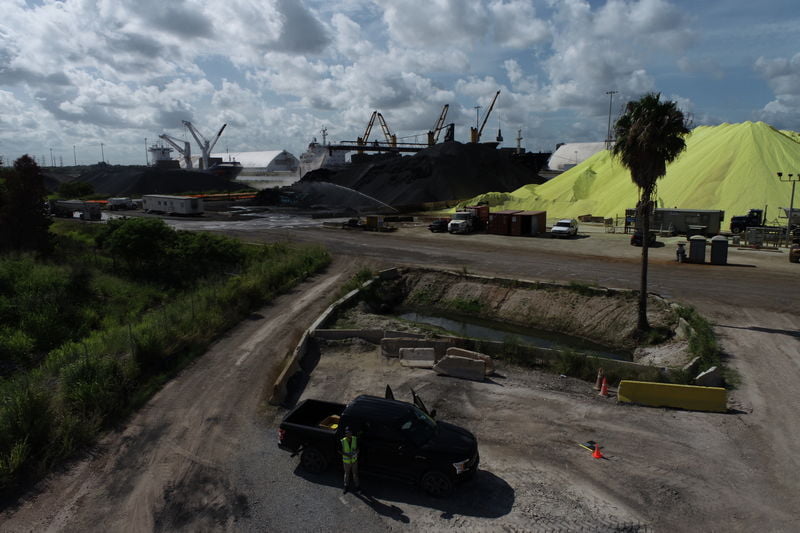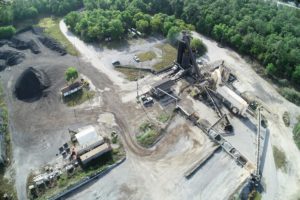Improving Aggregate Volume Calculations Using Drone Surveying
How our cutting edge technology has changed the aggregate volume measurement game.
As any one of our clients can tell you, having accurate aggregate volume calculations is vital to the effective running of their business. After all, it’s near impossible to make money when you don’t know the product you have available. Traditional surveying methodologies have long been employed to combat the loss of product and to obtain inventory measurements.
The downside to this is, of course, that they are both expensive and time consuming. In the past few years, however, aerial drone surveying has radically changed the surveying practices of the mining industry. Now, there is simply no more efficient way to generate accurate data for aggregate volume calculation than aerial drone surveying.
As aerial drone surveying has revolutionized the mining industry, aerial surveying of stockpile and site volume has become its single most broad-based implementation. You may be wondering, how is this possible? What could possibly make aerial drone surveying so much more effective than traditional methods? You need the facts. While there are a number of factors involved, here are the two critical improvements drone surveying offers:
1. Comprehensive Aggregate Volume Data
This is the most immediate, measurable improvement of aerial drone surveying over traditional methods. Aggregate stockpiles rarely if ever possess dimensions that make measuring them easy. Even in the best of cases, stockpiles are irregular or so large they prove hard to map.
What makes drone mapping different is that the process is designed with the irregularity of stockpiles in mind. When surveying drones pass over a site, they are taking hundreds of distinct images. By processing these images, drone surveys return anywhere from tens of millions to tens of billions of GPS referenced points for survey rendering. Specialized software can then be used to isolate this data to creature geo-referenced 3D maps with contours, terrain modeling, and digital surface models of the site.
“What makes drone mapping different is that the process is designed with the irregularity of stockpiles and aggregate calculations in mind.”
To give you some context, traditional surveying methods produce, at most, a few thousand data points for measurement. Aerial drones produce millions of data points. Tens of data points per foot. Nearly all the guesswork involved in survey work, or from calculations by aggregate volume calculators, is removed from the equation.

2. Accurate Aggregate
Perhaps even more impressive, however, is the minute accuracy of detail found in drone surveys. At Florida Aerial Survey Technologies, for example, we operate at the industry standard of tolerances of 1/10th-of-a-foot. This means that within the same parameters of a normal survey, you are getting up to 1,000,000 times the data.
A former job comes to mind. Our calculations, when run through two different aggregate volume calculators, were within 1% of the true volume of the pile. The traditional survey that had been done the day before? Off by more than 25% from the true volume.
The density of the data collected by drone allows us to take into account small variations in the aggregate—making us more accurate. As a result, you can be confident that the data gathered by aerial drone survey is as accurate as possible.
There are added benefits to aerial drone surveying beyond just the breadth and accuracy of data, however. One of the biggest improvements, for example, is the speed at which these drones are capable of surveying. What would normally be days of work disruption can be managed in just a few hours. This means you can also have surveys conducted far more often, saving you any uncertainty.
We here at FAST think it is important that you have all the facts when it comes to your business. Hopefully, reading this helps you stay informed on the best tools available to you. After all, when it comes to aggregate volume calculations and surveying, aerial drones are second to none.





